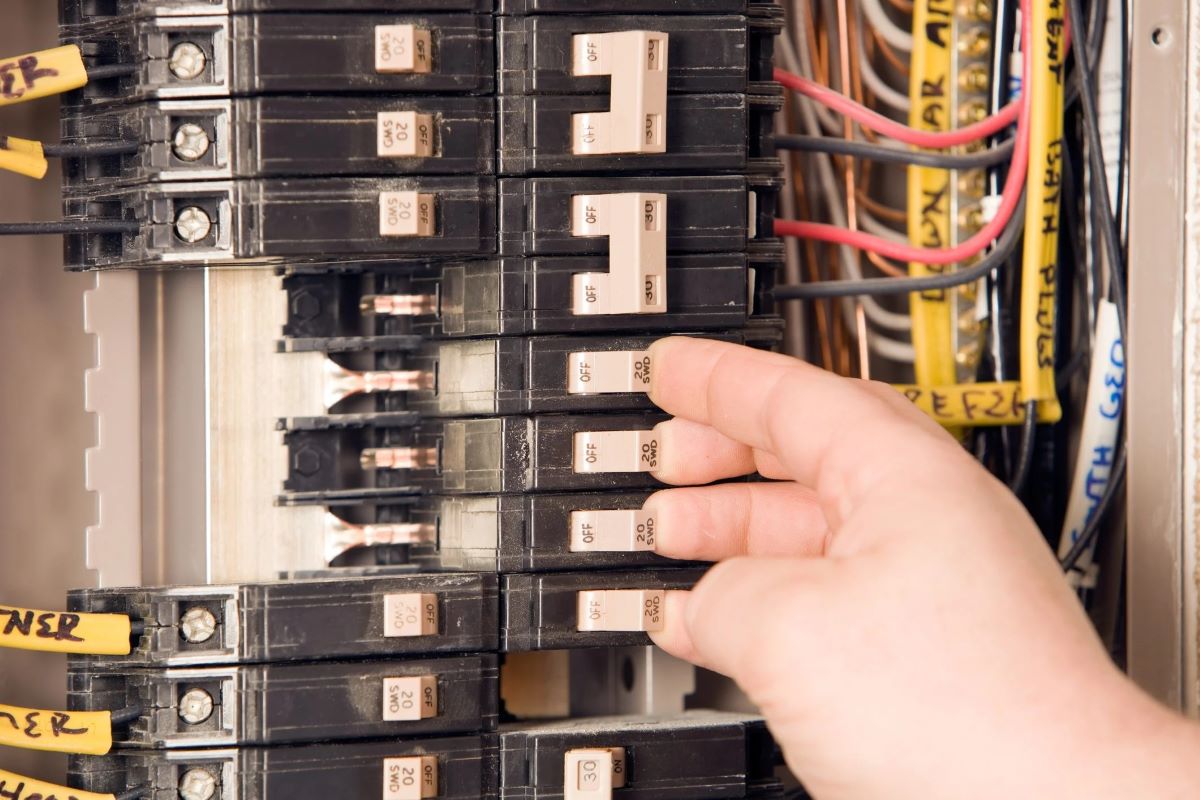

Articles
What Are Breakers
Modified: January 7, 2024
Discover articles exploring the purpose and types of breakers. Gain insights into their role in electrical systems and how they protect against overloads and faults.
(Many of the links in this article redirect to a specific reviewed product. Your purchase of these products through affiliate links helps to generate commission for Storables.com, at no extra cost. Learn more)
Introduction
Breakers are an essential component of any electrical system, serving to protect the system and its devices from potential overloads and short circuits. They act as safety devices that interrupt the flow of electrical current when it exceeds a certain predetermined level. In simpler terms, breakers are like the guardians of our electrical systems, ensuring that they operate smoothly without the risk of damage or fire hazards.
In this article, we will delve into the world of breakers, exploring their definition, types, functionality, and significance in electrical systems. By the end, you will have a clear understanding of what breakers are and why they are crucial for maintaining the safety and efficiency of any electrical setup.
Key Takeaways:
- Breakers are essential safety devices in electrical systems, protecting against overloads and short circuits. Understanding their types, functions, and importance is crucial for maintaining a safe and reliable electrical setup.
- The convenience, cost-effectiveness, and flexibility of breakers make them the preferred choice for circuit protection. Their role in preventing fires, minimizing hazards, and safeguarding equipment is fundamental for maintaining electrical system safety.
Read more: What Are Circuit Breakers
Definition of Breakers
Breakers, also known as circuit breakers, are electrical devices designed to protect electrical circuits and devices from damage caused by overloads or short circuits. They are automatic switches that can detect abnormal electrical conditions and interrupt the flow of current to prevent overheating, fires, and electrical failures.
The primary function of breakers is to act as a safety mechanism by interrupting the electrical circuit when the current exceeds a certain threshold. This prevents the wires and devices from becoming overloaded and potentially causing damage or hazards. Once the fault is resolved, breakers can be manually or automatically reset to restore the flow of electricity.
Breakers are commonly found in residential, commercial, and industrial buildings, as well as in various electrical appliances and machinery. They are an integral part of electrical systems, ensuring the protection and proper functioning of the circuits and devices connected to them.
It is important to note that breakers are different from fuses, which are also used for circuit protection. While both breakers and fuses serve the same purpose, the main difference lies in their operation. Breakers can be reset after tripping, while fuses need to be replaced once they have blown.
Now that we have a clear definition of what breakers are, let’s explore the different types of breakers that exist and their specific functionalities in electrical systems.
Types of Breakers
There are several types of breakers available, each designed to serve specific purposes and provide different levels of protection. The most common types of breakers include circuit breakers, fuse breakers, ground fault circuit interrupters (GFCI), and arc fault circuit interrupters (AFCI). Let’s take a closer look at each type:
- Circuit Breakers: Circuit breakers are the most widely used type of breakers. They consist of a switch mechanism connected to a trip mechanism. When an overload or short circuit occurs, the trip mechanism is activated, causing the switch to open and interrupt the flow of current. Circuit breakers can be thermal, magnetic, or a combination of both.
- Fuse Breakers: Fuse breakers, also known as fuse cutouts, work by using a metal fuse element that melts and breaks the circuit when excessive current flows through it. Once the fuse element melts, it needs to be replaced. Compared to circuit breakers, fuse breakers are less common in modern electrical systems due to the inconvenience of replacing fuses.
- Ground Fault Circuit Interrupter (GFCI): GFCIs are specifically designed to protect against electrical shocks. They monitor the amount of current flowing through the circuit and quickly interrupt it if there is an imbalance. GFCIs are typically installed in areas prone to moisture, such as kitchens, bathrooms, and outdoor outlets.
- Arc Fault Circuit Interrupter (AFCI): AFCIs are designed to prevent electrical fires caused by arcing faults. Arcing faults occur when there is an unintentional discharge of electricity between two conductors, such as damaged wiring or loose connections. AFCIs monitor the circuit for such faults and immediately interrupt the flow of current to prevent potential fire hazards.
These types of breakers play a crucial role in electrical systems by protecting against different types of electrical faults. Understanding the specific types of breakers will help you choose the appropriate ones for your electrical setup, ensuring the highest level of safety and performance.
Circuit Breakers
Circuit breakers are the most commonly used type of breaker in electrical systems. They provide protection against overloads, short circuits, and ground faults. A circuit breaker consists of several components that work together to ensure the safe operation of electrical circuits.
The main components of a circuit breaker are the switch mechanism and the trip mechanism. The switch mechanism acts as a manual or automatic control that allows the circuit to be turned on or off. The trip mechanism, on the other hand, detects abnormalities in the current and interrupts it to protect the circuit.
Circuit breakers can be categorized into different types based on the mechanism they use to trip the circuit:
- Thermal Circuit Breakers: Thermal circuit breakers use a bimetallic strip or a thermal magnetic trip unit to detect overcurrent conditions. The bimetallic strip consists of two different metals with different coefficients of thermal expansion. When the current exceeds the rated value, the strip heats up and bends, causing the trip mechanism to be activated, and the circuit is interrupted.
- Magnetic Circuit Breakers: Magnetic circuit breakers rely on the magnetic field created by the current to trip the circuit. Inside the breaker, there is a solenoid coil surrounded by the current-carrying conductor. When there is a sudden surge of current or a short circuit, the magnetic field intensifies, pulling a plunger or armature to open the circuit and interrupt the current flow.
- Hybrid Circuit Breakers: Hybrid circuit breakers combine both thermal and magnetic trip mechanisms for enhanced protection. They detect and respond to both overcurrent and short-circuit conditions, making them versatile and suitable for a wide range of applications.
Circuit breakers provide several advantages over fuses. Unlike fuses, circuit breakers do not need to be replaced after tripping; they can simply be reset by flipping the switch back to the “ON” position. This makes circuit breakers more convenient and cost-effective in the long run.
In summary, circuit breakers are essential components in electrical systems that protect circuits and devices from overloads and short circuits. Their reliable trip mechanisms and the ability to be reset make them a popular choice for various applications. Understanding the different types of circuit breakers and their mechanisms can help you make informed decisions when selecting and maintaining your electrical system.
Fuse Breakers
Fuse breakers, also known as fuse cutouts, are another type of circuit protection device used in electrical systems. While they serve a similar purpose as circuit breakers, there are some key differences in their design and operation.
Fuse breakers consist of a fuse element that is designed to melt and break the circuit when excessive current flows through it. The fuse element is typically made of a metal with a low melting point, such as copper or silver. When the current exceeds the rated value, the heat generated causes the fuse element to melt, creating an open circuit and interrupting the flow of current.
One of the advantages of fuse breakers is their simplicity. They have fewer mechanical parts compared to circuit breakers, making them relatively easy to install and maintain. Additionally, fuse breakers are typically more affordable than circuit breakers, making them a cost-effective choice for certain applications.
However, there are some limitations to using fuse breakers. Once the fuse element has melted, it needs to be replaced. This manual replacement process can be time-consuming and inconvenient, especially in situations where frequent overloads occur. Moreover, the availability of the correct fuse replacement might be an issue, adding further delays to the restoration of the circuit.
Another limitation of fuse breakers is their inability to provide selective coordination. In complex electrical systems, selective coordination is crucial as it allows for better control and isolation of faults, minimizing the impact on the rest of the system. Circuit breakers, with their adjustable trip settings and more advanced technology, offer better selectivity compared to fuse breakers.
Due to these limitations, fuse breakers are less commonly used in modern electrical systems, especially in residential and commercial buildings. However, they still find applications in certain industries where their simplicity, affordability, and specific requirements justify their use.
In summary, fuse breakers are circuit protection devices that use a fuse element to interrupt the flow of current when it exceeds the rated value. While they have their advantages in terms of simplicity and cost, their limitations in terms of manual replacement and lack of selective coordination have made circuit breakers the more popular choice in most electrical systems today.
Read more: What Breakers Are Compatible With Wadsworth
Ground Fault Circuit Interrupter (GFCI)
Ground Fault Circuit Interrupter (GFCI) is a type of breaker specifically designed to protect against electrical shocks. It is a crucial safety device commonly installed in areas where there is a higher risk of electrical accidents, such as kitchens, bathrooms, garages, and outdoor outlets.
The main purpose of a GFCI is to monitor the flow of current in a circuit and quickly interrupt it if there is an imbalance. This imbalance is typically caused by a ground fault, which occurs when the electrical current diverts from its intended path and travels through a person’s body or other conductive materials.
Unlike standard circuit breakers that primarily protect against overloads and short circuits, a GFCI responds to the smallest variations in current. It can detect a current difference of as little as 4-6 milliamperes, instantly cutting off the power to prevent electric shocks and potential electrocution.
The typical design of a GFCI includes a hot wire, a neutral wire, and a ground wire. The GFCI continuously compares the current flowing through the hot wire to the current returning through the neutral wire. If there is any discrepancy, it means that the current is leaking, indicating a ground fault. In such cases, the GFCI will rapidly interrupt the circuit, stopping the flow of electricity and protecting against potential harm.
GFCIs can be installed in various forms, including receptacle outlets, circuit breakers, and portable devices. Receptacle GFCIs are the most common and are installed in wall outlets. They provide protection not only to the outlet itself but also to other outlets that are connected in a circuit downstream from it. Circuit breaker GFCIs, on the other hand, are installed in the electrical panel and provide protection to an entire circuit.
It is important to note that GFCIs should be tested regularly to ensure that they are functioning correctly. GFCIs typically have a test and reset button. Pressing the test button should trip the GFCI, cutting off power to the outlet or circuit. Pressing the reset button restores power. If the GFCI fails to trip or reset, it may indicate a fault or malfunction that requires attention from a qualified electrician.
In summary, Ground Fault Circuit Interrupters (GFCIs) are essential safety devices designed to protect against electrical shocks. They continuously monitor the current flowing through a circuit and quickly interrupt it if there is an imbalance, indicating a ground fault. GFCIs play a crucial role in preventing electrical accidents and are widely installed in areas where there is a higher risk of such incidents. Regular testing and maintenance of GFCIs are necessary to ensure their proper functioning and reliable protection.
When surfing, look for areas where the waves are breaking. This is where the water is shallow enough for the wave to crest and break, creating the best opportunity for riding.
Arc Fault Circuit Interrupter (AFCI)
An Arc Fault Circuit Interrupter (AFCI) is a specialized type of breaker that is designed to protect against electrical fires caused by arcing faults. Arcing faults occur when there is an unintentional and erratic flow of electricity between two conductive surfaces. This can be caused by damaged wiring, poor connections, or worn-out insulation.
The main function of an AFCI is to detect and interrupt these arcing faults before they can ignite a fire. The AFCI continuously monitors the electrical waveform in the circuit and looks for signatures or patterns that indicate the presence of arcing faults. When an arcing fault is detected, the AFCI quickly interrupts the flow of current, reducing the risk of fire and electrical damage.
AFCIs are particularly important in residential buildings where electrical wiring is often concealed in walls and other inaccessible areas. In these hidden locations, arcing faults can go unnoticed for long periods, increasing the risk of fire hazards. By installing AFCIs, the probability of such fires can be significantly reduced.
AFCIs can be installed in various locations, including branch circuits, subpanels, and combination AFCI/GFCI devices. Branch circuit AFCIs are typically installed at the electrical panel and provide protection to multiple circuits in a specific area or room. Subpanel AFCIs are similar but are installed at a secondary electrical panel that supplies power to a specific area of a building. Combination AFCI/GFCI devices offer both arc fault and ground fault protection in one unit, providing comprehensive safety.
It is important to note that AFCIs are not a substitute for proper electrical wiring practices and maintenance. They serve as an additional layer of protection to minimize the risk of fire caused by arcing faults. Regular electrical inspections, proper installation, and maintenance of the electrical system are essential for overall electrical safety.
In summary, Arc Fault Circuit Interrupters (AFCIs) are specialized breakers designed to protect against electrical fires caused by arcing faults. They detect and interrupt these faults before they can ignite a fire, reducing the risk of property damage and personal injury. AFCIs are especially important in residential buildings where hidden wiring increases the likelihood of undetected arcing faults. Combining AFCIs with regular electrical inspections and maintenance ensures a higher level of electrical safety and fire prevention.
Difference between Breakers and Fuses
Breakers and fuses serve the same purpose of protecting electrical circuits from overloads and short circuits. However, there are several key differences between these two types of circuit protection devices. Let’s explore the main distinctions:
Resetting: One of the major differences between breakers and fuses is the ability to reset them after an interruption. Breakers can be manually or automatically reset by flipping the switch back to the “ON” position, restoring the flow of electricity. In contrast, fuses are one-time use devices. Once a fuse blows, it needs to be replaced with a new fuse of the correct rating.
Replacement: Fuses require manual replacement when they blow, which can be inconvenient and time-consuming. Breakers, on the other hand, eliminate the need for replacement, making them more convenient and cost-effective in the long run.
Response time: Breakers have a faster response time than fuses when it comes to interrupting the flow of current in the event of an overload or short circuit. They can detect faults and trip the circuit within milliseconds, minimizing the risk of electrical damage or fire. Fuses, although still relatively quick, may have a slightly longer response time.
Selective coordination: Selective coordination refers to the ability to isolate and protect a specific part of an electrical system without affecting the rest of the system. Breakers offer better selective coordination compared to fuses. With adjustable trip settings and more advanced technology, breakers can be finely tuned to trip only the specific circuit experiencing a fault, minimizing disruptions to the overall electrical system.
Cost: Breakers tend to have a higher initial cost compared to fuses. However, since breakers can be reset and do not require replacement after every interruption, they can be more cost-effective in the long term. Fuses, on the other hand, have a lower initial cost but can add up to higher maintenance expenses over time.
Availability: Breakers are widely available and come in various types, sizes, and ratings to suit different electrical system requirements. Fuses, while still available, are becoming less common in modern electrical systems.
Both breakers and fuses have their advantages and disadvantages, and the choice between them depends on various factors, including the specific application, budget, and personal preference. It is important to consult with a qualified electrician to determine the most suitable circuit protection device for your electrical system.
In summary, breakers and fuses differ in terms of resetting, replacement, response time, selective coordination, cost, and availability. Breakers offer the convenience of resettable functionality, faster response time, better selective coordination, and long-term cost savings. Fuses, although simpler and initially cheaper, require replacement and have limited selective coordination capabilities. Understanding these differences allows for informed decisions when selecting the appropriate circuit protection device for your electrical system.
How Breakers Work
Breakers are crucial components in electrical systems that provide protection against overloads, short circuits, and other electrical faults. Understanding how breakers work is essential for ensuring the safe and efficient operation of electrical circuits.
The basic principle of operation for breakers involves a switch mechanism and a trip mechanism. When the electrical current flowing through a circuit exceeds a certain predetermined level, the trip mechanism is activated, causing the switch mechanism to open and interrupt the flow of current.
The trip mechanism in circuit breakers can be either thermal, magnetic, or a combination of both:
- Thermal Trip Mechanism: In thermal trip breakers, a bimetallic strip is used. The bimetallic strip consists of two metal layers with different coefficients of thermal expansion bonded together. When the current exceeds the rated value, the bimetallic strip heats up. The metal with the lower coefficient of expansion expands more quickly, causing the strip to bend and activate the trip mechanism. This action triggers the switch mechanism to open, interrupting the circuit.
- Magnetic Trip Mechanism: Magnetic trip breakers use a solenoid coil that surrounds the current-carrying conductor. When an overload or short circuit occurs, the high current generates a strong magnetic field around the coil. This magnetic field attracts a plunger or armature, which is connected to the switch mechanism. The movement of the plunger or armature opens the switch, interrupting the circuit and stopping the flow of current.
- Combination Trip Mechanism: Some modern breakers use a combination of thermal and magnetic trip mechanisms for enhanced protection and flexibility. This combination allows the breaker to respond to both overcurrent conditions and short circuits, providing comprehensive circuit protection.
Once the circuit breaker trips and interrupts the flow of current, the circuit is effectively disconnected from the power source, preventing further damage to the wiring or connected devices. To restore power to the circuit, the switch mechanism of the breaker needs to be manually or automatically reset. After the fault or overload is resolved, the breaker can be reset by flipping the switch back to the “ON” position.
It is important to note that breakers should be properly sized and rated for the specific circuits they protect. Each breaker has a current rating, often measured in amperes (A), which indicates the maximum current it can handle. Using a breaker with a lower rating than the actual current flowing through the circuit can lead to frequent tripping and potential damage to the electrical system.
In summary, breakers work by using a combination of switch and trip mechanisms to interrupt the flow of electrical current when it exceeds a designated level. Thermal, magnetic, or combination trip mechanisms detect overloads or short circuits and trigger the switch to open, preventing further damage to the electrical system. Understanding the operation of breakers and ensuring proper sizing and installation is essential for maintaining a safe and reliable electrical system.
Read more: What Breaker Controls Thermostat
Common Issues with Breakers
While breakers are essential components in electrical systems, they are not immune to issues and malfunctions. Understanding the common problems that can occur with breakers will help you identify and address these issues promptly. Here are some of the most common problems with breakers:
- Tripping: Breakers are designed to trip and interrupt the flow of current when there is an overload, short circuit, or ground fault. However, if a breaker is tripping frequently or unnecessarily, it could indicate an underlying problem. Some potential causes of frequent tripping include overloaded circuits, faulty wiring, or a defective breaker. Troubleshooting the circuit and addressing the root cause of the excessive current can resolve this issue.
- Overheating: Overheating of breakers is often caused by poorly matched breaker sizes or excessive current loads. When a breaker experiences frequent or sustained overloading, it can heat up, potentially leading to circuit damage or fire hazards. It is crucial to ensure that breakers are properly sized and matched to the electrical load they are protecting to prevent overheating issues.
- Tripped Breaker Won’t Reset: In some cases, a tripped breaker may not reset even after flipping the switch to the “ON” position. This can be caused by various factors, including a faulty breaker mechanism, a wiring issue, or a persistent fault in the circuit. Consultation with a qualified electrician is recommended to diagnose and resolve the problem.
- Inconsistent Tripping: If a breaker trips inconsistently or at random times, it may indicate a loose connection or a faulty breaker. Loose connections can cause arcing faults, which can lead to intermittent tripping. It is important to inspect and tighten all electrical connections to ensure proper functioning of the breaker.
- Obsolete Breakers: Electrical systems and technologies evolve over time, and older breakers may become outdated or obsolete. Outdated breakers may no longer provide adequate protection or meet the latest electrical safety standards. It is advisable to have an electrician evaluate and, if necessary, upgrade older breakers to ensure the safety and efficiency of the electrical system.
If you encounter any issues or concerns with your breakers, it is essential to consult a qualified electrician for proper diagnosis and resolution. Attempting to repair or address breaker-related problems without the necessary knowledge and expertise can be dangerous and should be avoided.
In summary, common issues with breakers include frequent or unnecessary tripping, overheating, tripped breakers that won’t reset, inconsistent tripping, and the use of outdated or obsolete breakers. Promptly identifying and resolving these issues will help ensure the safe and reliable operation of your electrical system.
Importance of Breakers in Electrical Systems
Breakers play a vital role in maintaining the safety and integrity of electrical systems. Their importance cannot be overstated, as they provide crucial protection against overloads, short circuits, and electrical faults. Here are some key reasons why breakers are essential in electrical systems:
- Fire Prevention: Breakers are designed to interrupt the flow of electrical current when it exceeds safe levels. This is particularly important in preventing electrical fires. Overloaded circuits or faulty wiring can generate excess heat, potentially leading to fire hazards. By tripping the circuit and cutting off the power supply, breakers prevent overheating and reduce the risk of electrical fires.
- Protection against Electrical Hazards: Faulty electrical systems can pose significant hazards, such as electric shocks and electrocution. Breakers provide an added layer of protection by quickly interrupting the flow of current when a ground fault or other electrical fault is detected. This helps minimize the risk of electrical accidents and ensures the safety of individuals and property.
- Prevention of Damage to Electrical Equipment: Overloads and short circuits can damage electrical devices and equipment connected to the circuit. Breakers help prevent excessive current from flowing through the system, mitigating the risk of damage to appliances, electronics, and sensitive equipment. By tripping the circuit in the event of an electrical fault, breakers safeguard valuable equipment from potential harm.
- System Stability and Reliability: Breakers contribute to the stability and reliability of electrical systems. When a fault occurs, breakers swiftly interrupt the flow of current, isolating the faulty section and preventing the fault from spreading to the rest of the system. This ensures that other areas of the system remain unaffected and operational, minimizing disruptions and downtime.
- Convenience and Cost-effectiveness: Breakers offer the convenience of resettable functionality. Unlike fuses that need to be replaced after each interruption, breakers can be easily reset by flipping the switch to the “ON” position. This saves time and money associated with fuse replacement. Additionally, breakers eliminate the need to keep spare fuses on hand.
- Flexibility and Selectivity: Breakers provide greater flexibility in terms of adjusting trip settings to suit specific application requirements. This allows for better selectivity, the ability to isolate and protect specific circuits or equipment without impacting the entire electrical system. Selective coordination minimizes disruptions and facilitates effective fault restoration.
In summary, breakers are fundamental components in electrical systems, providing essential protection against overloads, short circuits, and electrical faults. Their role in preventing fires, minimizing electrical hazards, safeguarding equipment, and ensuring system stability and reliability cannot be understated. Implementing proper breaker selection, installation, and maintenance is crucial for maintaining a safe, efficient, and reliable electrical system.
Conclusion
Breakers are integral components of electrical systems, serving as crucial safety devices that protect against overloads, short circuits, and electrical faults. They play a vital role in maintaining the safety, reliability, and efficiency of electrical systems in residential, commercial, and industrial settings.
Throughout this article, we have explored the definition of breakers and discussed their various types, including circuit breakers, fuse breakers, ground fault circuit interrupters (GFCI), and arc fault circuit interrupters (AFCI). Each type offers unique features and serves specific purposes in ensuring the protection of electrical circuits and devices.
We have also examined the differences between breakers and fuses, highlighting the advantages and limitations of each. Breakers provide the convenience of resettable functionality, faster response times, better selective coordination, and long-term cost savings. Fuses, on the other hand, have their simplicity and initial cost advantage but require manual replacement and lack some of the advanced features of breakers.
Understanding how breakers work and being aware of common issues associated with them is crucial for troubleshooting and ensuring optimal performance. By addressing issues such as frequent tripping, overheating, and faulty breakers promptly, the safety and reliability of electrical systems can be maintained.
The importance of breakers in electrical systems cannot be overstated. They prevent fires, protect against electrical hazards, safeguard electrical equipment, and contribute to the stability and reliability of the overall system. Furthermore, breakers offer convenience, cost-effectiveness, and flexibility, making them the preferred choice for circuit protection in modern electrical installations.
In conclusion, being knowledgeable about breakers and their significance allows for informed decision-making when it comes to implementing, maintaining, and troubleshooting electrical systems. By prioritizing the importance of breakers and adhering to proper installation and maintenance practices, you can ensure the safety, efficiency, and longevity of your electrical system.
Frequently Asked Questions about What Are Breakers
Was this page helpful?
At Storables.com, we guarantee accurate and reliable information. Our content, validated by Expert Board Contributors, is crafted following stringent Editorial Policies. We're committed to providing you with well-researched, expert-backed insights for all your informational needs.
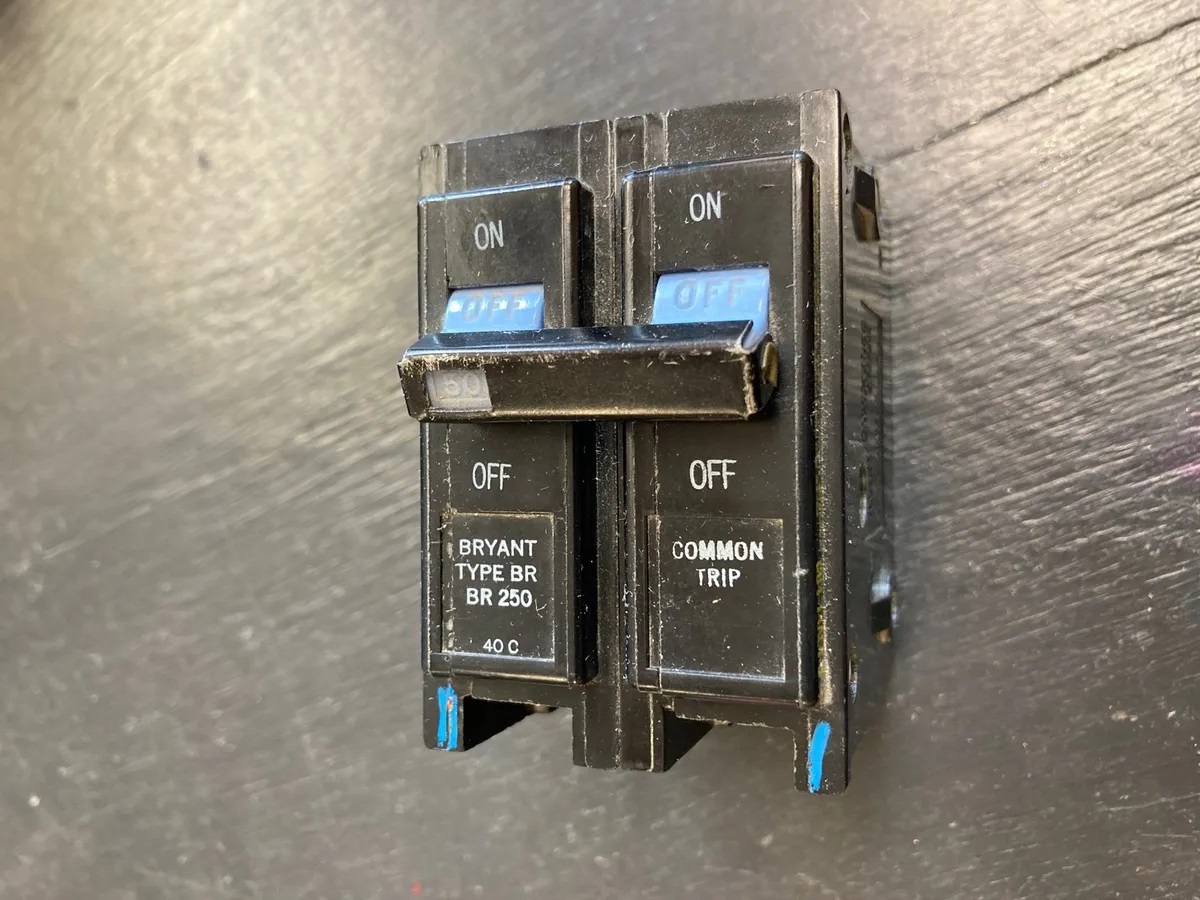
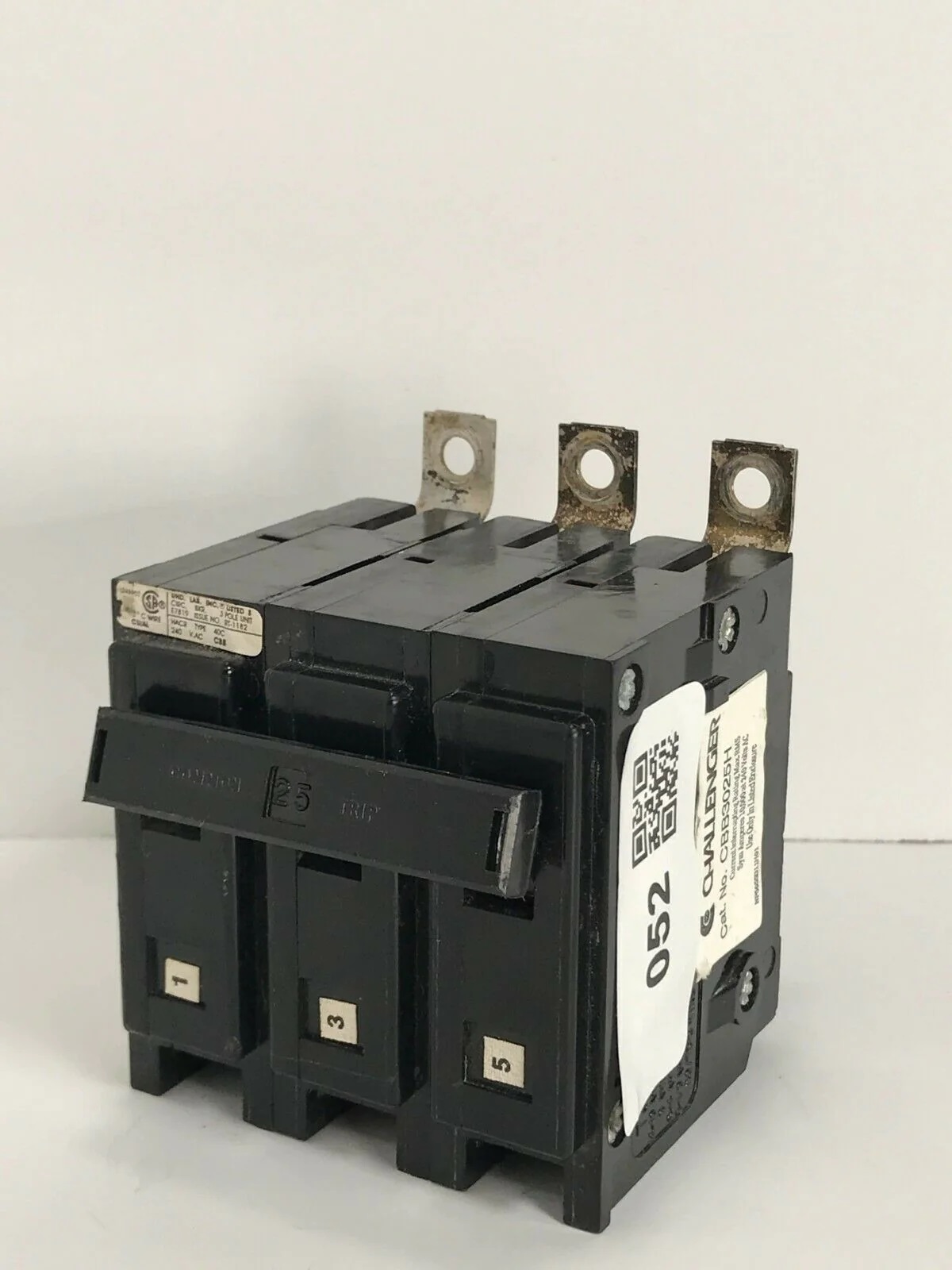
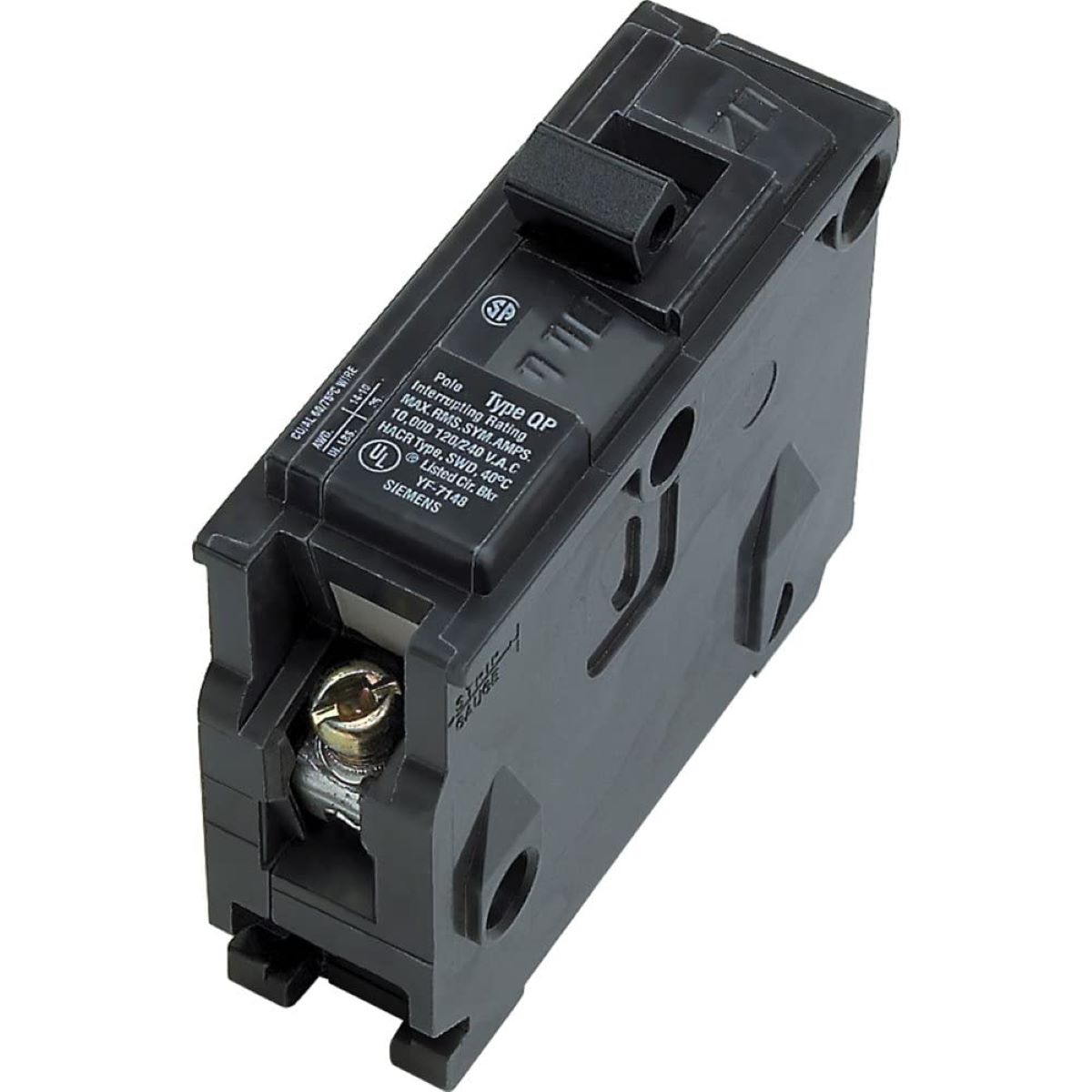
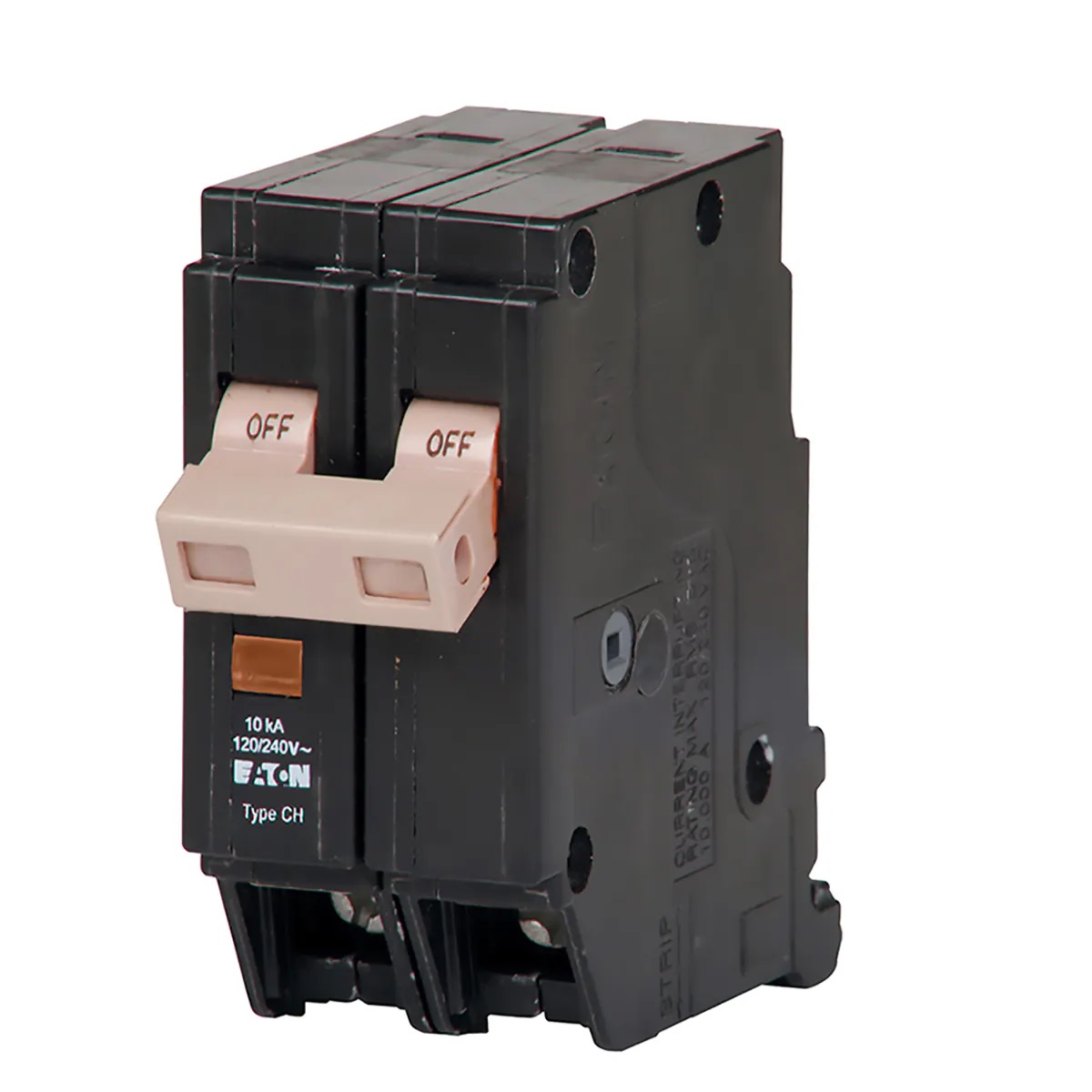
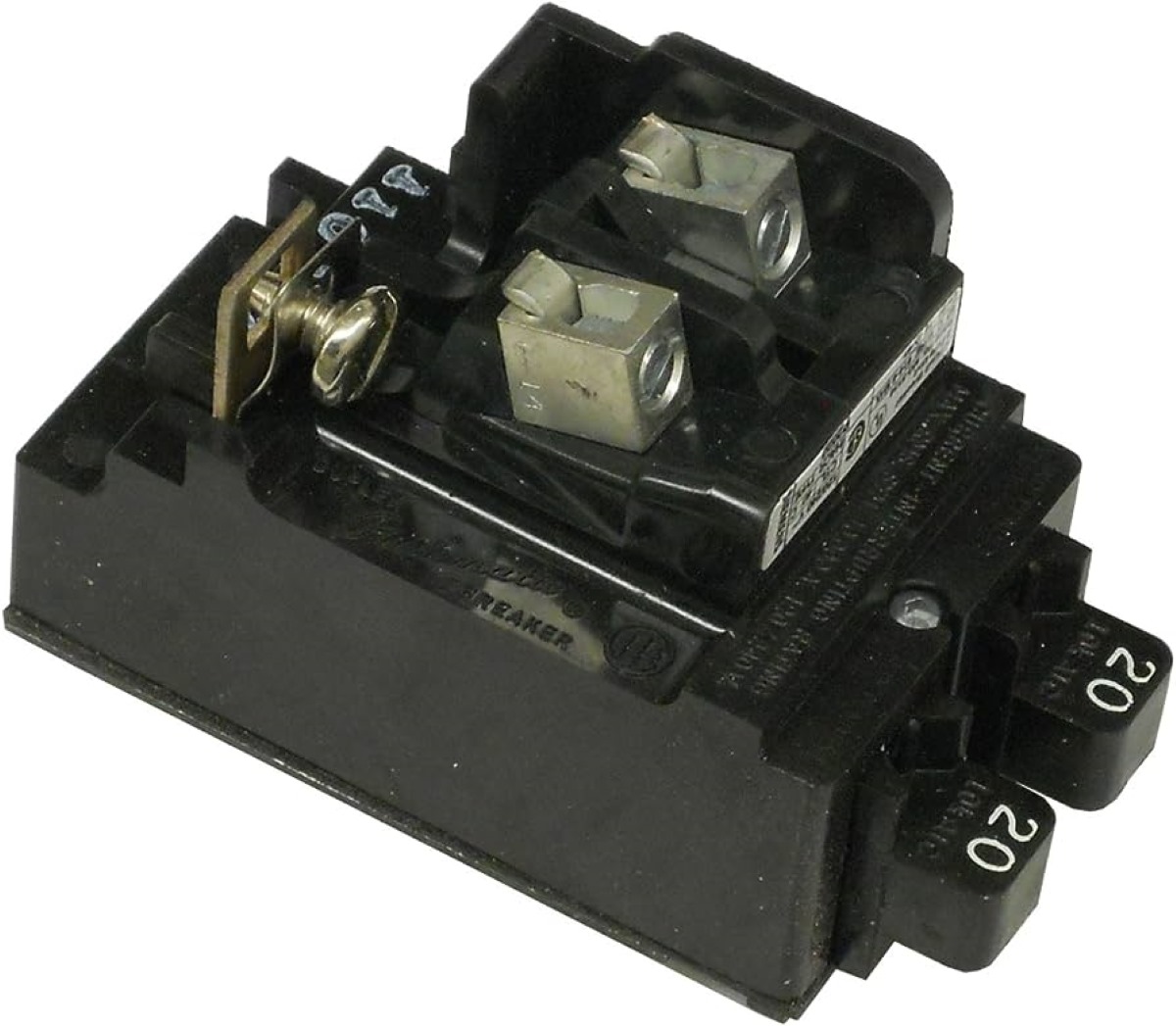
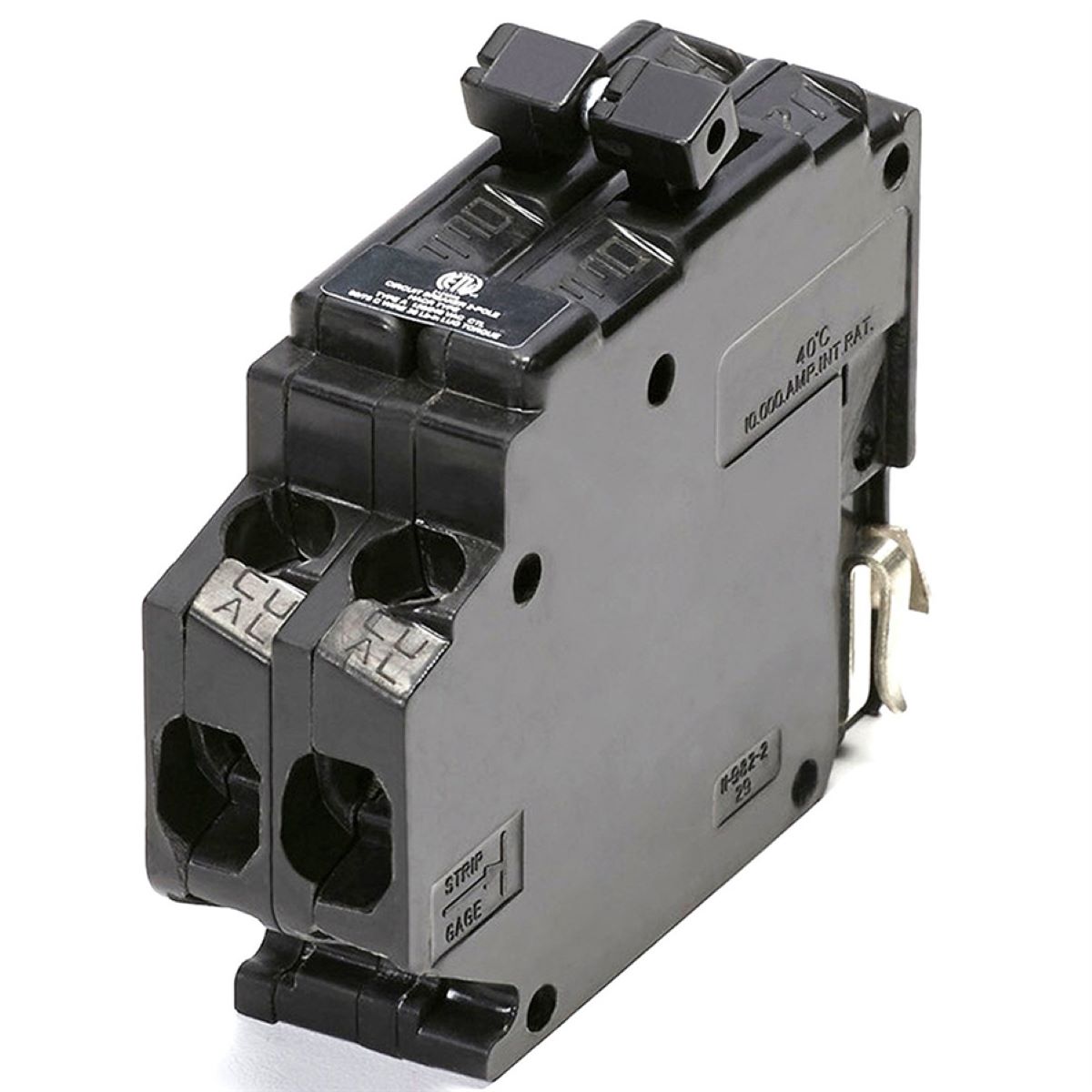
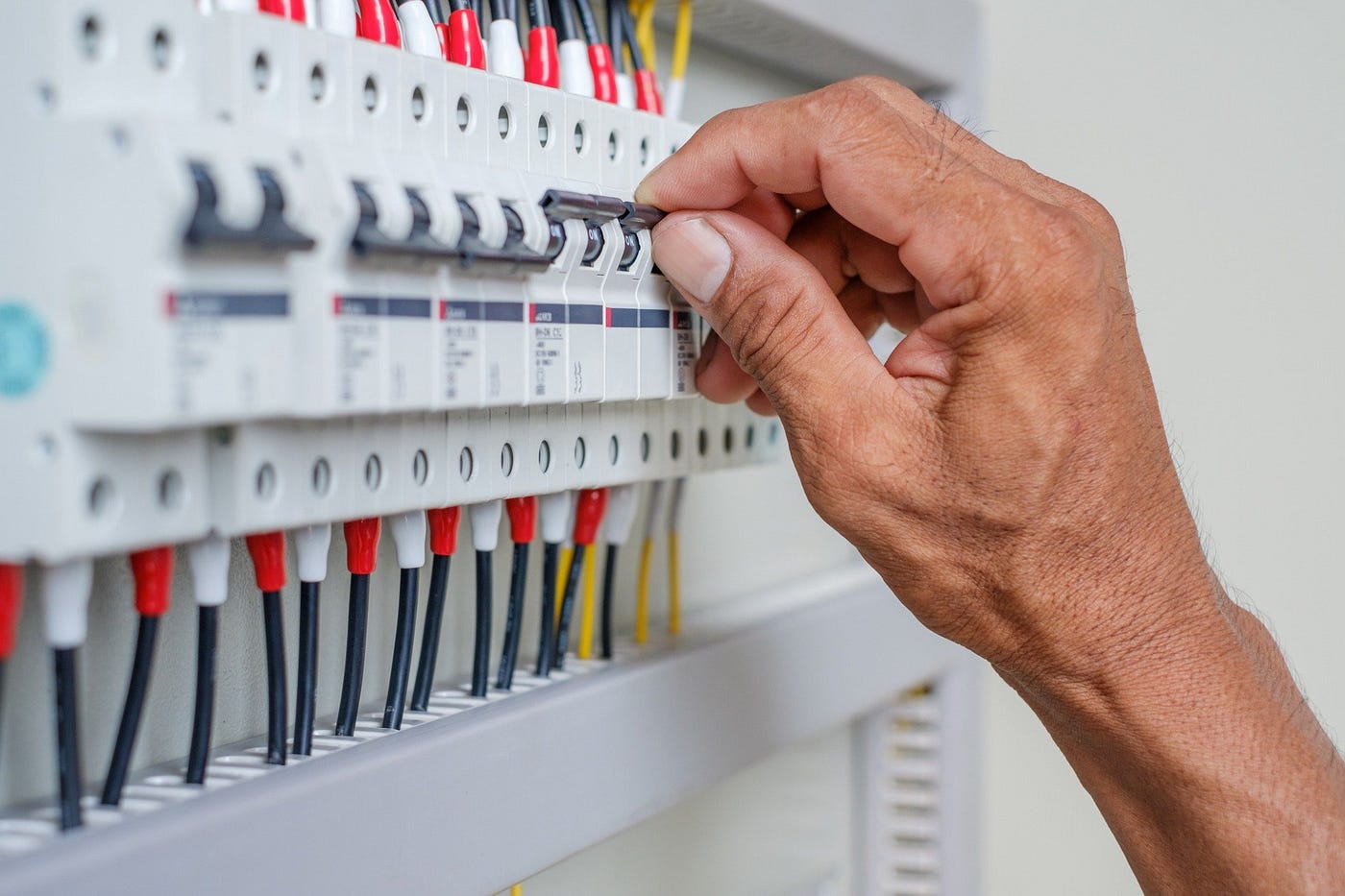
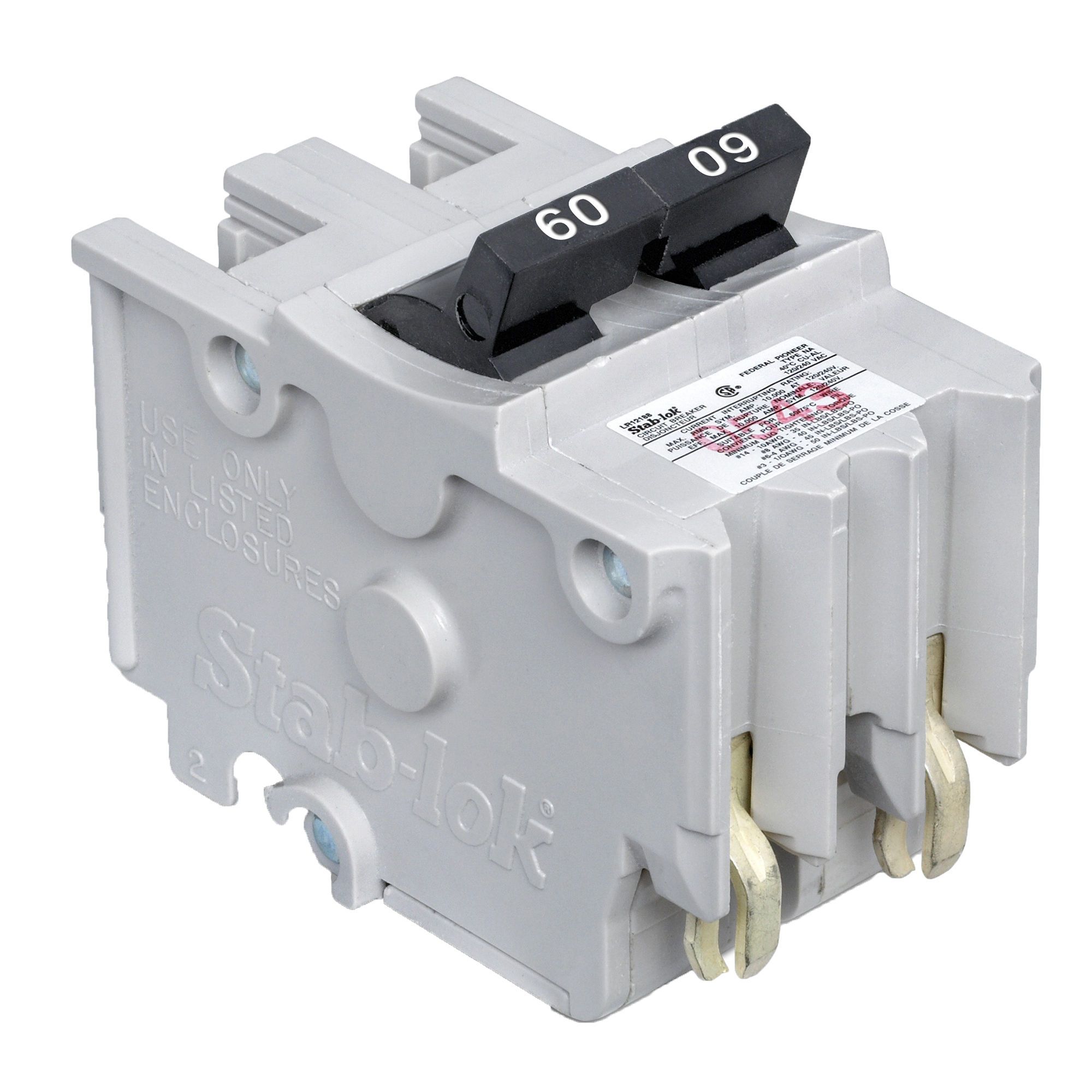

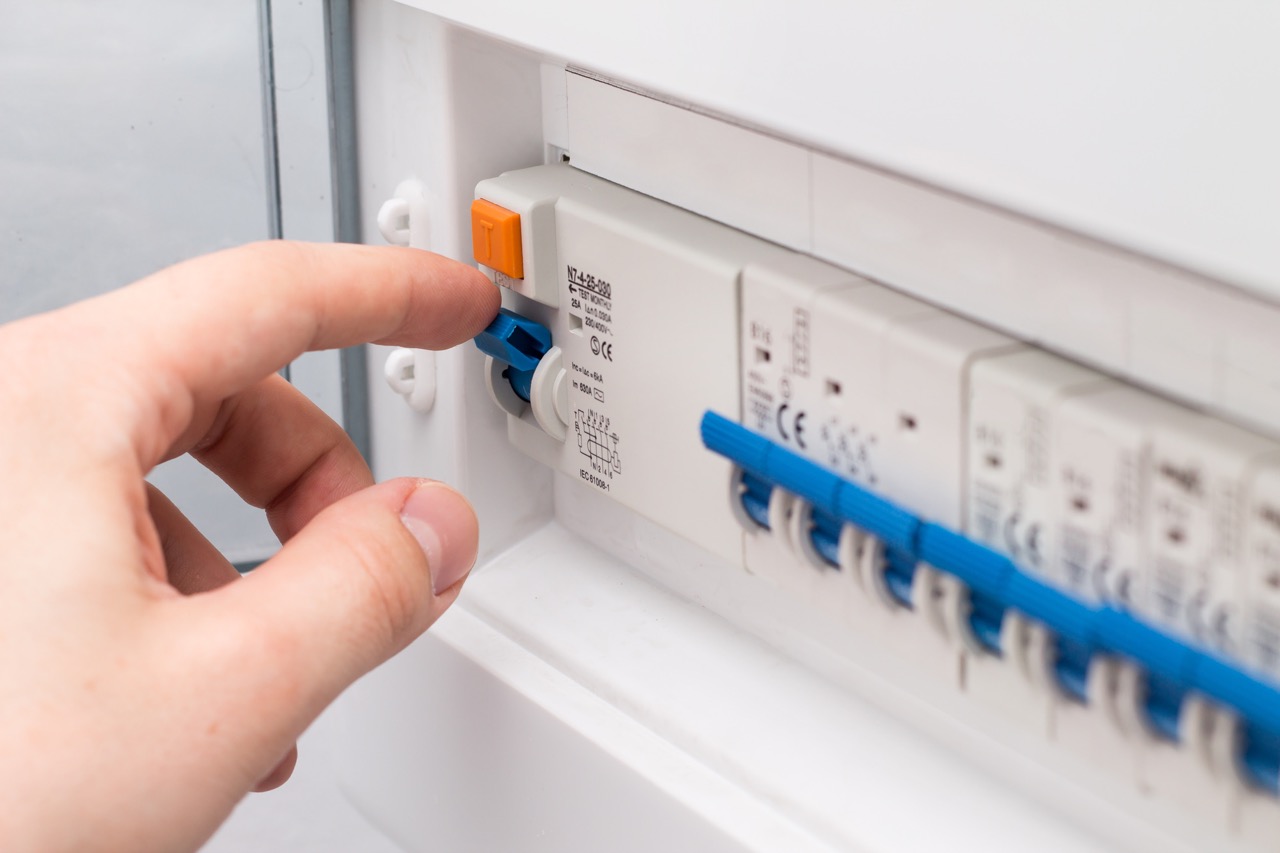
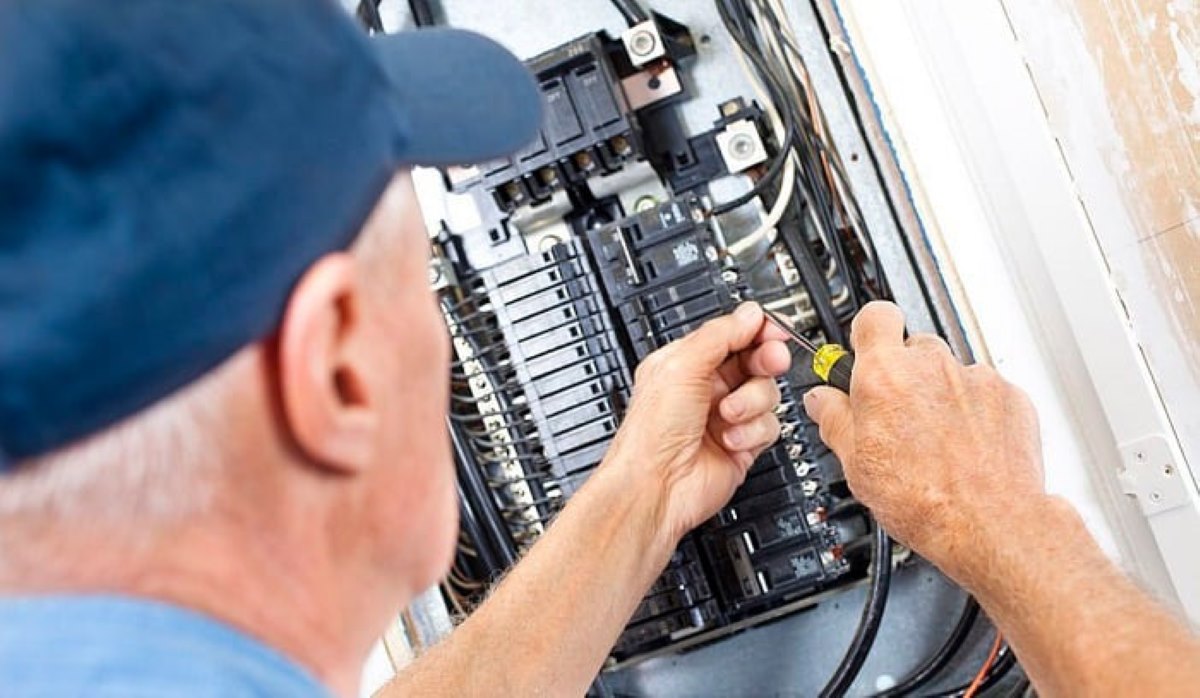
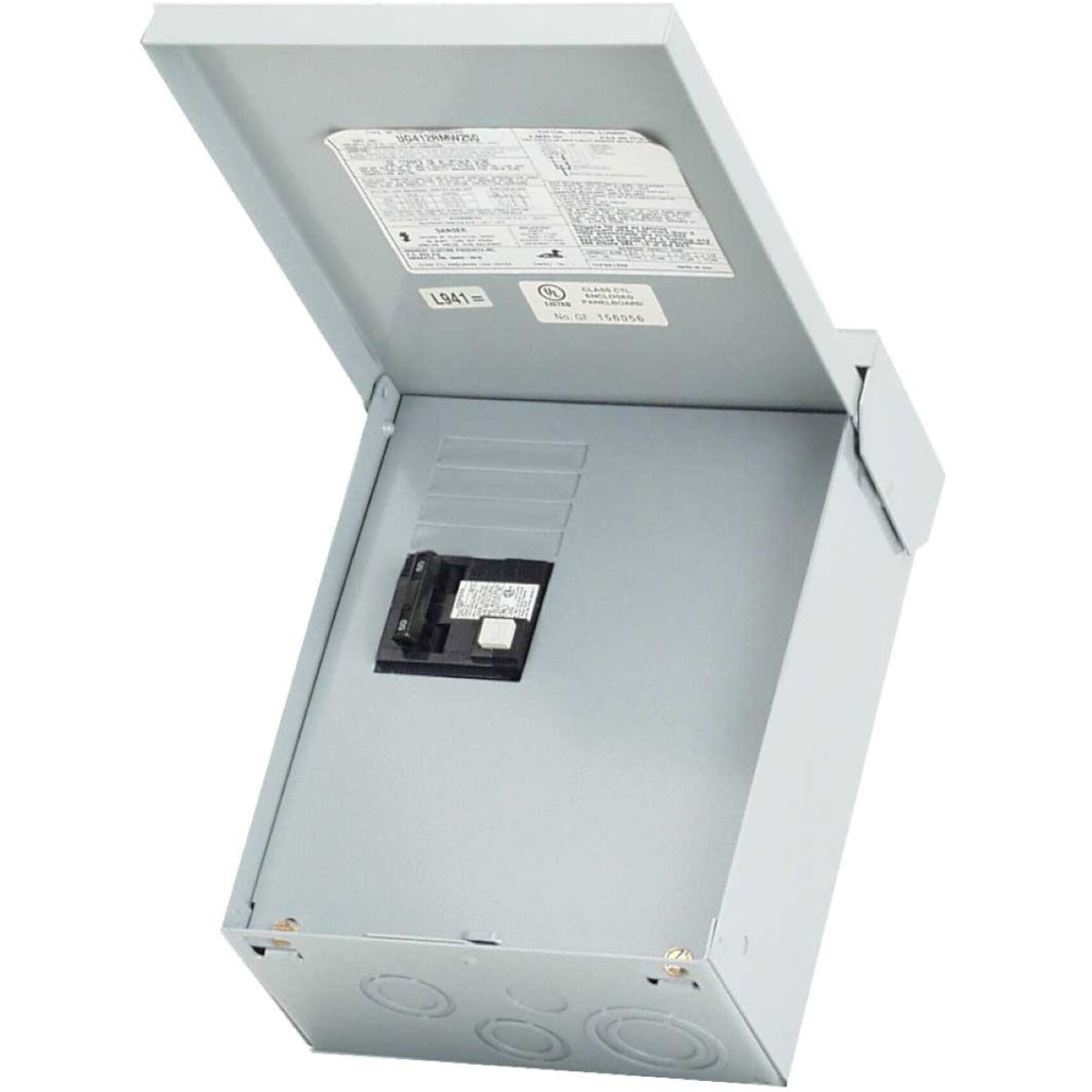
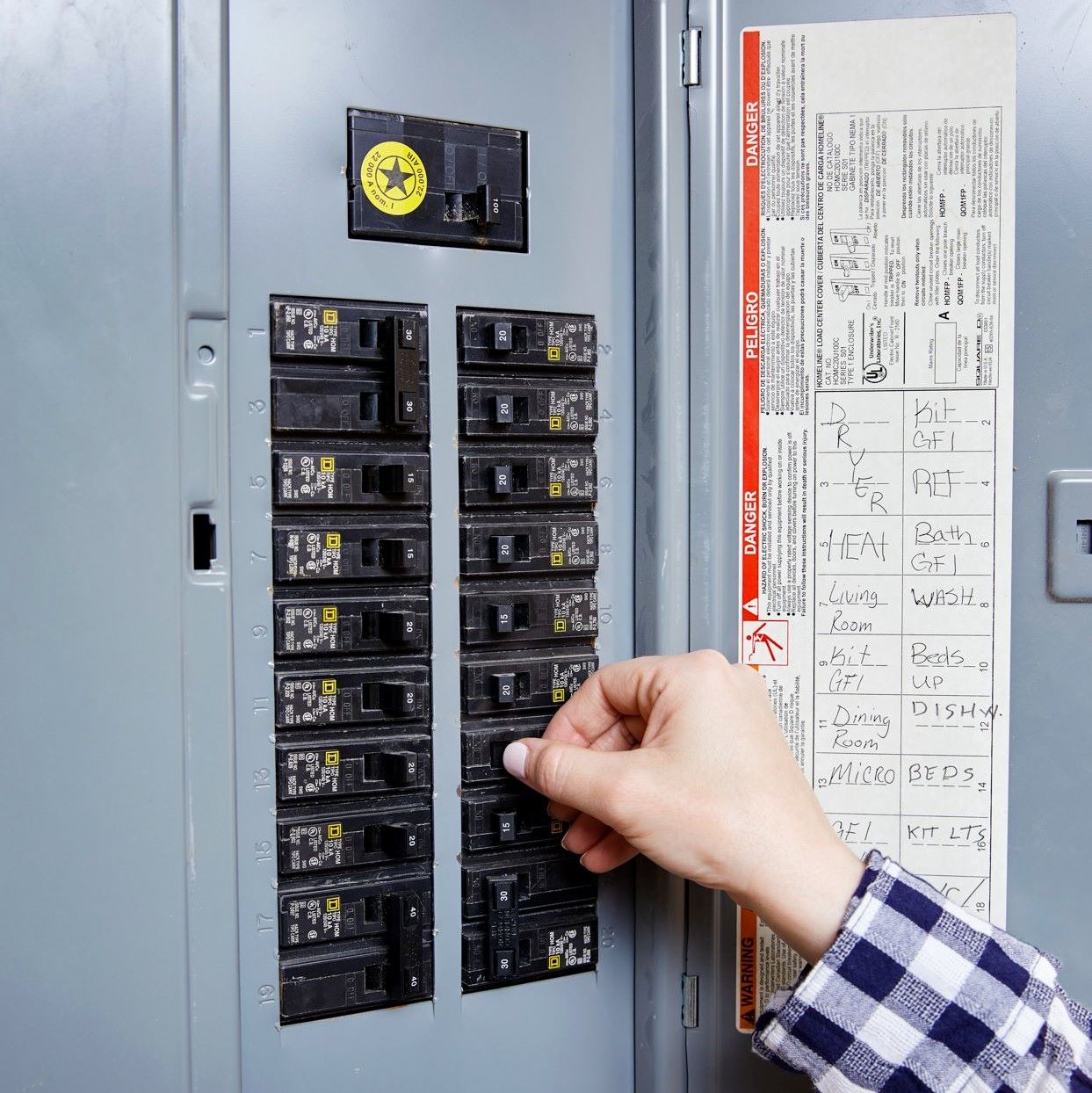

0 thoughts on “What Are Breakers”